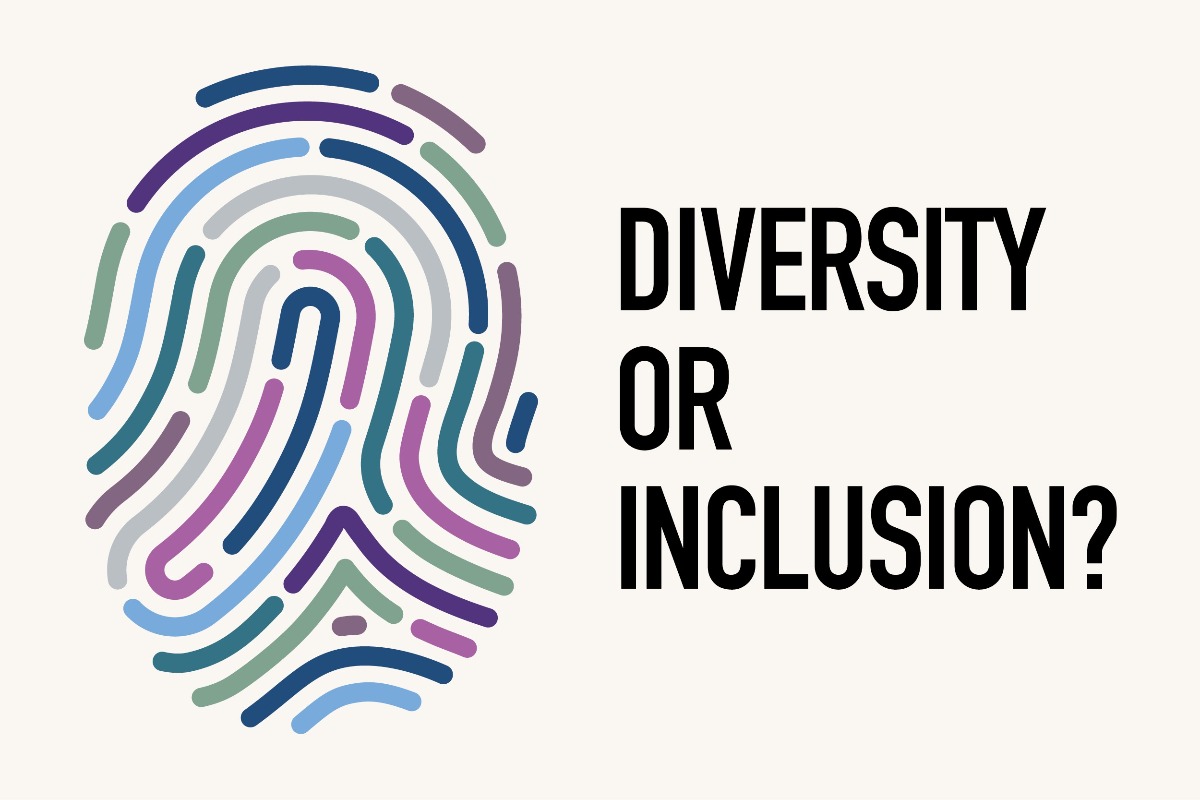Intelligence, community and recognition for pay and reward professionals.
Exclusive cover feature: What should come first – diversity or inclusion?
Reward Strategy’s Jade Burke asks if one can be achieved without the other.

A varied collection of opinions, thoughts and personalities makes for a solid foundation to fuel creativity and innovation, something any business and its workforce would strive to achieve. And this is where diversity and inclusion strategies come into play.
Such strategies ensure an organisation welcomes individuals from different cultures and backgrounds, who have differing viewpoints and skills, which help to ensure an employer achieves diversity of thought when it comes to any business decision.
Leaders today understand the value of this too, as Deloitte’s 2017 Global Human Capital Trends report stated that more than 69% of executives believe diversity and inclusion (D&I) are important issues. While employers themselves recognise the advantages of embracing D&I and introducing initiatives that can boost it, there are a number of business benefits they can also enjoy from doing so.
In fact, some of the benefits alone include better innovation and more creativity, higher profits, an increase in productivity, a keener understanding of customers and happier employees.
Statistics concur this too, as Fast Company shared that a higher representation of women in C-suite level positions results in 34% greater returns to shareholders. Elsewhere, a 2015 McKinsey report documented that companies in the top quarter for racial/ethnic diversity are 35% more likely to surpass peers, while those in the same bracket for gender diversity are 15% more likely to do so.
The evidence is clear that embracing diversity and inclusion can indeed be a positive move for a business, but should one come before the other in order for real change to progress within organisations? Reward Strategy speaks to pay, reward and HR leaders to gain their thoughts on the matter.
Read the full feature in the digital edition of the latest Reward Strategy magazine here.
